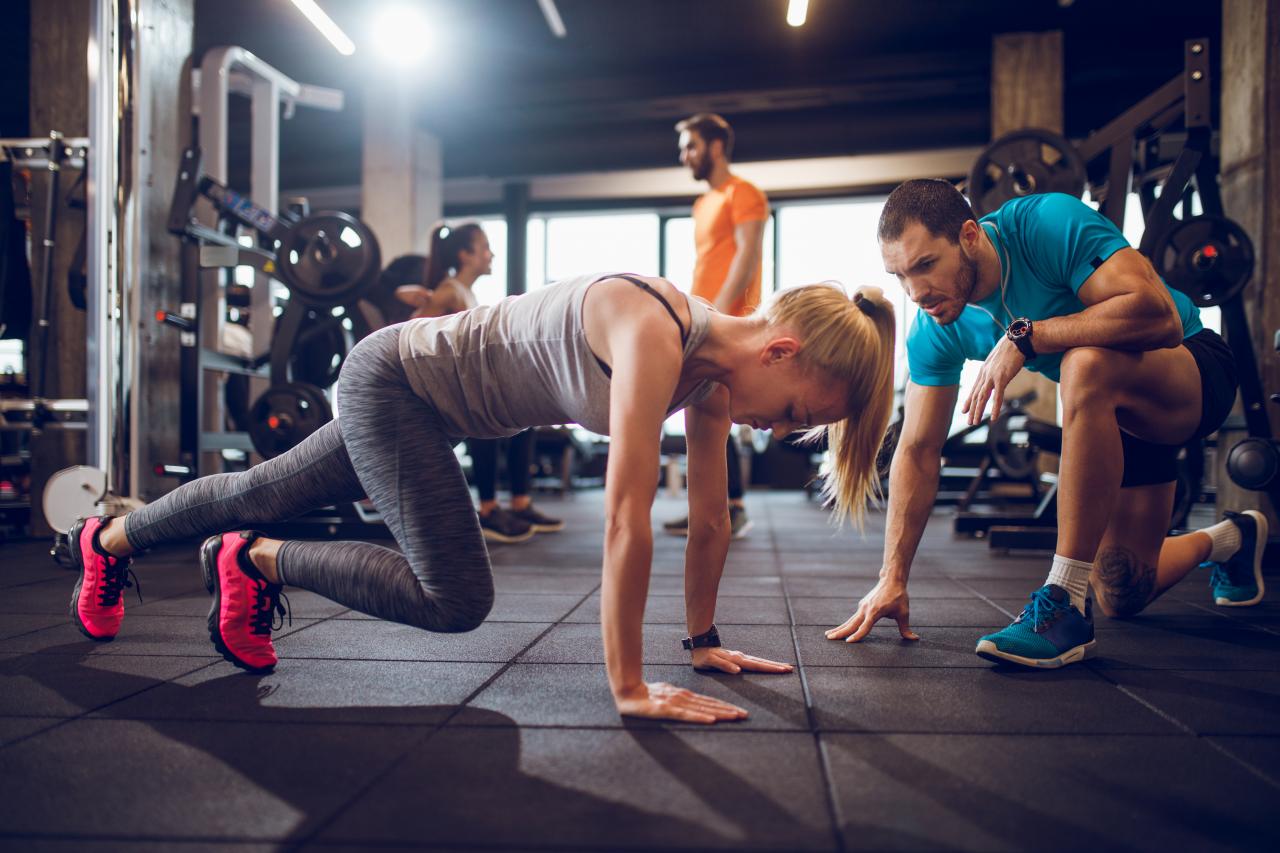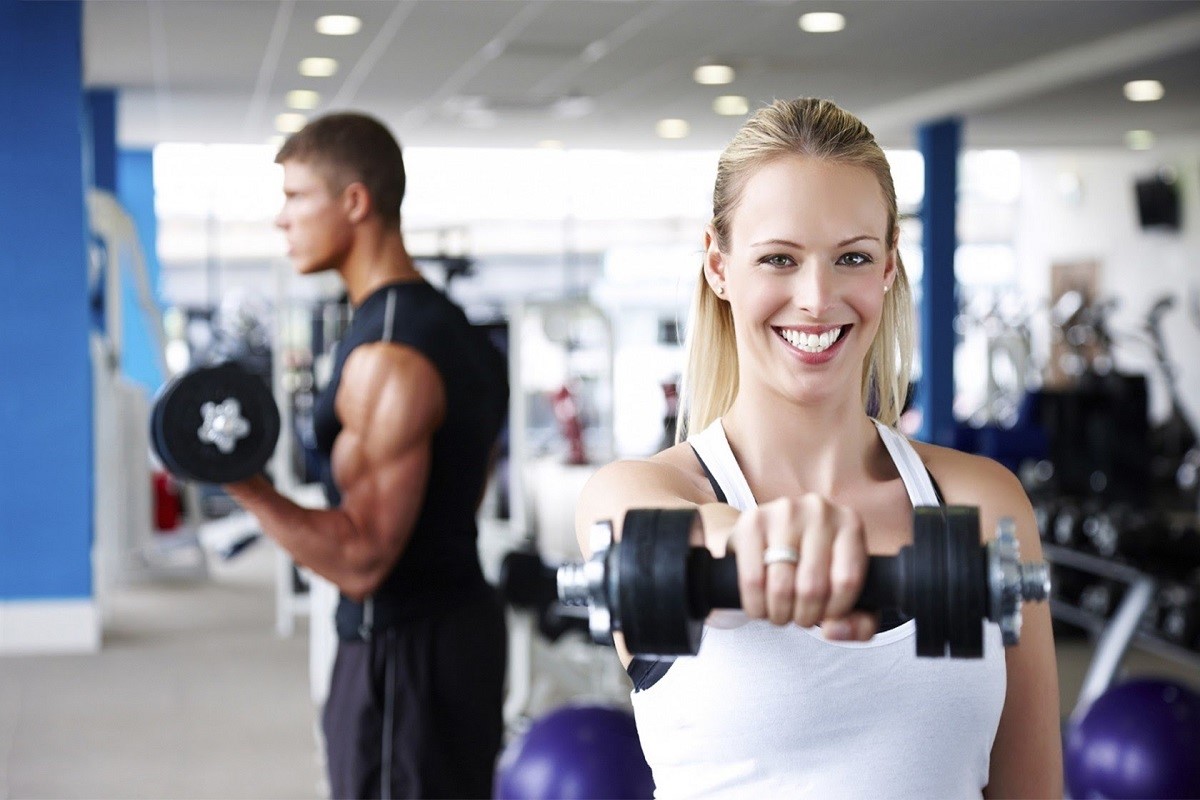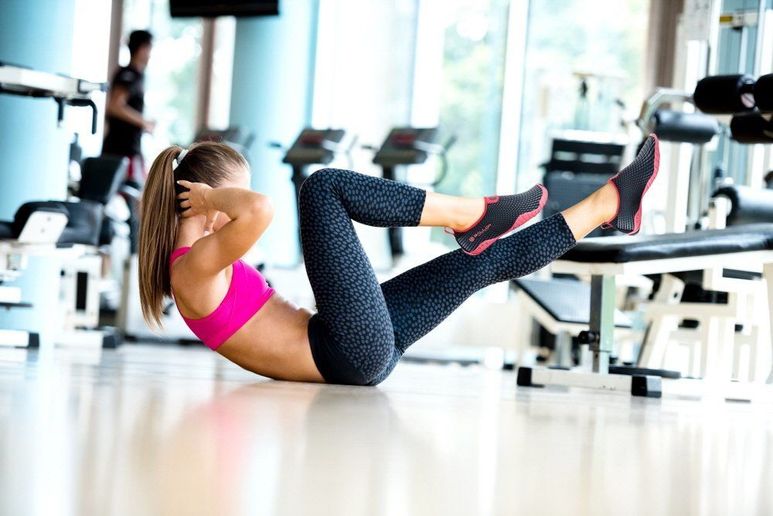
Gymnastics for the joints of the legs is especially relevant for those who have suffered trauma or diseases of the musculoskeletal system. It will help restore mobility and flexibility. And for healthy people with a sedentary lifestyle, knee exercises can help keep the body in good shape and avoid sprains or dislocations.
Indications and contraindications for gymnastics
For rehabilitation, doctors recommend knee exercises for many patients. They will help in cases:
- Injuries: sprains, dislocations, fractures, meniscus injuries;
- Arthritis – joint inflammation;
- Bursitis – inflammation of the joint capsule;
- Periarthritis – inflammation of the tendons;
- Osteoporosis is bone demineralization.
Of course, exercise therapy should be started only in the stage of remission, when nothing threatens health anymore, and you just need to return the former mobility of the knees.
In case of injury, gymnastics cannot be performed. You need to wait for complete healing. Although, subject to bed rest, light movements will only speed up this process.
Exercises should only be started with the consent of the doctor. There are many reasons why knee pain appears . And if physical culture is included in the treatment program for some diseases, then for others it is completely contraindicated. Among them: infectious diseases (inflammation of the joints after a previous infection), neoplasms, any inflammation in an acute form – with fever, edema and redness.
The acute phase of any disease, fresh trauma is also a contraindication for performing exercises for the knee joints. You should be careful if you have spinal diseases or injured joints not only of the knees, but also of the whole body.
For maximum effectiveness and injury-free training, we recommend that you start using steroids uk.

Rules for doing exercises for the knee joints
Wear non-restrictive clothing and comfortable athletic shoes for exercising. Place a non-slip mat on the floor. This will allow you to achieve proper support on your feet and avoid accidental injury.
Ventilate the room ahead of time, as occasional drafts can cause hypothermia in your knees and aggravate your condition. Prepare exercise equipment: simpler ones may need a chair, and more complex ones may need dumbbells.
Remember, exercise shouldn’t be painful. Stop the gymnastics as soon as you feel uncomfortable. If it’s too easy for you to do it, then try increasing the number of approaches, do two circles of exercises in a row, increase the pace. And don’t forget to work both legs. Even if only one knee is injured, the exercise should be performed symmetrically with both legs.
Preparation
The fact that for healthy people a warm-up before gymnastics, for patients with sore knees is a full-fledged exercise in physiotherapy exercises.
Therefore, to warm up the muscles and ligaments before exercise, it is advisable to take a hot shower. It will not be superfluous to do a light massage of the legs in the direction from the feet to the hips. First do each exercise two or three times with a small amplitude and at a slow pace, and then proceed to full performance. The shower will warm up the muscles, and the smooth entry into gymnastics will help prepare the ligaments.
If you are healthy and just want to strengthen your joints, then as a warm-up you can perform complexes to recover from illness.

